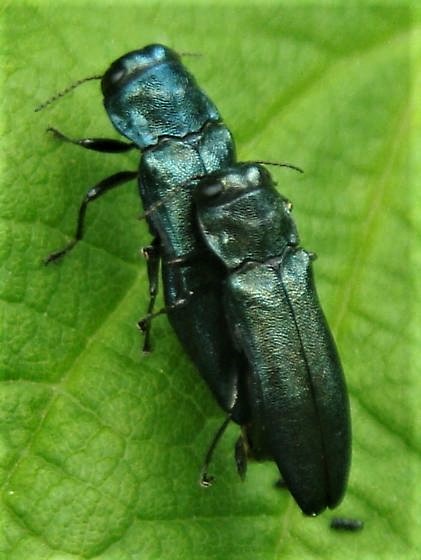‘Growing and Belonging’ Equity-focused Training Requirements (2023)
As part of your continuing education for 2023 (and beyond), all OSU Master Gardeners (including the 2020 and 2022 cohort) are required to complete at least 1 designated course from the following ‘Growing and Belonging’ options for 2023:
- OSU Extension’s DEI training for volunteers (4 modules: Introduction, Equity, Inclusivity, and Conclusion)
- Fall Recertification webinar: ‘Introduction to Food Sovereignty’, with Cecile Evans, 2020 Master Gardener cohort member.
- Abra Lee’s Culture of Gardening Keynote: ‘The Work is In Our Hands’:
- Gail Langellotto and LeAnn Locher’s Presentation at the National Extension Master Gardener Coordinators Conference: Racial and Social Justice in Extension Master Gardener Programs
- Sammy Ramsey’s Presentation to the Maryland Master Gardeners: Biodiversity and Diversity in Bio: What’s the Point?
This requirement aligns with our commitment to create a welcoming and inclusive program.
Introduction
OSU Extension Service strives to provide educational services to all Oregonians. We acknowledge that there are numerous underrepresented Oregonians that have not been equitably served by the Master Gardener program.
The mission, vision, and guiding values of the statewide Master Gardener program provide a compass to address this inequity in public service.
We’ve been working hard to address equity issues under our purview in the metro area Master Gardener program (Clackamas, Multnomah, and Washington Counties).
OSU Master Gardener Program Equity-focused Mission, Vision, and Guiding Values
Mission: Cultivating resilient and healthy communities throughout Oregon through sustainable horticulture education and gardening projects that are rooted in science and that are supported by OSU Extension volunteers.
Vision: We provide accessible and equitable education programs that nurture life-long learners and volunteers who can expand the reach and impact of science-based sustainable gardening practices to benefit all Oregonians.
Guiding Values: We are connected to Oregon State University, and use both science and local knowledge to inform our community engagement, educational outreach, and horticultural expertise. We strive to make the resources of Oregon State University accessible to all and inspire and encourage lifelong curiosity and learning through continued scientific exploration and discovery.
Implementation of Equity Focus (Metro Area Master Gardener Program)
- Initiated a quarterly advisory group focused on racial equity issues in the metro area MG program in 2021.
- Improved application process for the metro area MG program including registration forms/process to make it more welcoming for underrepresented people.
- Reduced the fee for the metro area MG training (from $495 to sliding scale $200 to $300).
- Provided equity-focused content in the 2022 Master Gardener training (Inclusive Excellence for OSU Volunteers).
- Convened an on-going affinity group for Black, Indigenous, and People of Color (BIPOC) folks in the metro area MG program. The goal is to build community among BIPOC metro area MG program participants.
- In 2019 and 2020, four diversity, equity and inclusion trainings were offered to all 750+ metro area Master Gardener volunteers.
Looking Forward, You Can Help
We acknowledge that we have significant work to do for the metro area Master Gardener program to bring forth our equity-focused mission and vision.
Please join us in creating a welcoming educational and volunteer program:
- Take the time to welcome new 2020, 2022, 2023 Master Gardener trainees at events. Let them know you’re glad their part of our program.
- When representing the Master Gardener program, treat other volunteers and the public with dignity and respect.
- Make efforts to apply an equity focus toward volunteer-led activities including demonstration gardens, plant sales, MG association activities, and more. Reach out to the MG program office for support.
- Attend an advanced DEI training for BIPOC allies in the MG program (optional, offered in 2023).
- What are your ideas to improve the MG program’s capacity to welcome and serve all Oregonians?
We look forward to working with you, the metro area Master Gardener community, to meet the garden/landscape information needs of all Oregonians.













